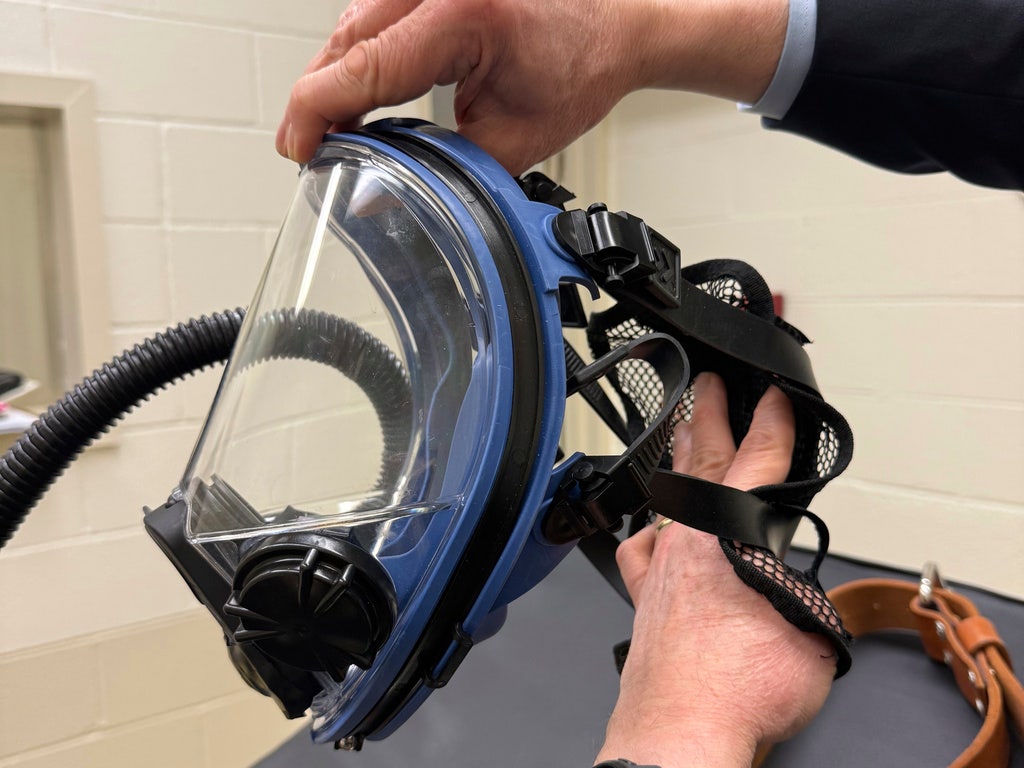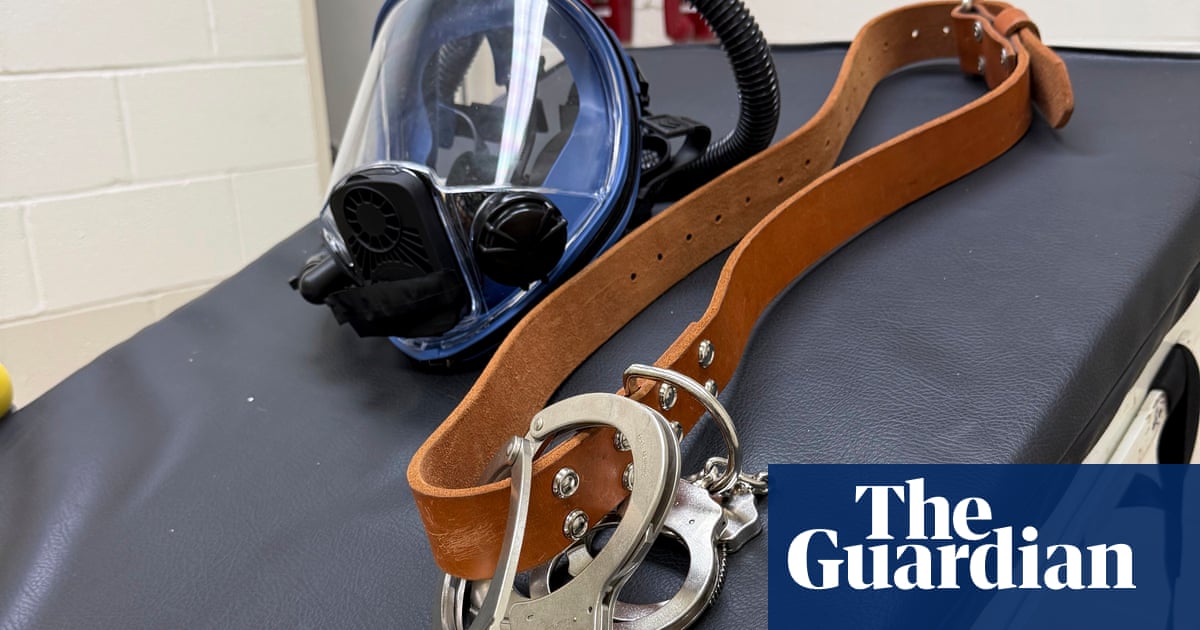Louisiana Executes Jessie Hoffman Jr. Using Nitrogen Gas, Marking A Historic Method in Capital Punishment
Louisiana executes Jessie Hoffman Jr. by nitrogen gas, the state’s first use of this method, raising significant ethical and legal questions.
Subscribe to unlock this story
We really don't like cutting you off, but you've reached your monthly limit. At just $5/month, subscriptions are how we keep this project going. Start your free 7-day trial today!
Get StartedHave an account? Sign in
Overview
Jessie Hoffman Jr. was executed in Louisiana using nitrogen gas, marking the state's first use of this method. Hoffman, who was convicted of the 1996 murder of Mary "Molly" Elliott, faced a prolonged death as witnesses observed involuntary twitching. The Supreme Court denied last-minute appeals regarding the method's cruelty and Hoffman's religious objections, making it the fifth execution by nitrogen hypoxia in the U.S. Officials assert it is a humane method. Nevertheless, advocates from both sides voiced strong opinions, reflecting the ongoing debate surrounding capital punishment and execution methods.
Report issue

Read both sides in 5 minutes each day
Analysis
- Louisiana executed Jessie Hoffman using nitrogen gas in a controversial first for the state, sparking debate over the method's humanity and legality.
- Witnesses described the execution as clinical, yet reports of involuntary movements raised concerns about potential pain, leading to ongoing discussions about the method's constitutionality under the Eighth Amendment.
- The execution marks a broader trend of states revisiting methods of capital punishment amidst a shortage of lethal injection drugs, highlighting the ongoing complexities and moral dilemmas surrounding the death penalty in the U.S.
Articles (6)
Center (4)
FAQ
The execution involves strapping the inmate to a gurney and fitting a full-face respirator mask. Pure nitrogen gas is then pumped into the mask, depriving the inmate of oxygen, leading to death by hypoxia.
History
- This story does not have any previous versions.





